ROG Strix vs Extreme vs Apex vs Hero: What's the difference between ROG gaming motherboards?
One of the best parts of being a PC enthusiast is the freedom to build your computer in your own way. You’re not limited to picking from a couple different preset options. When we launch a new generation of motherboards, we don’t just design one model and expect it to meet everyone’s needs. We give you a broad range of options from our ROG Maximus, Crosshair, and Strix lineups so that you can find the board with the right features and style for your next build.
While it’s empowering to have all these different models to choose from, we do understand that it can also be a little intimidating to sort through all the available options. We’re here to help. In this article, we’ll introduce you to our different motherboard product families and explain what makes each family unique. Along the way, we’ll walk you through some of our naming conventions so that you can quickly sort through the different models in each lineup.
ROG Maximus and ROG Crosshair lead the charge
If you’re a hardcore gamer with a thirst for cutting-edge hardware, our high-end motherboards should be your first choice. For years, these boards have been paving the way for the rest of the industry. Almost all our key motherboard innovations debuted in ROG motherboards. Features like AI Overclocking, the PCIe Slot Q-Release Button, and Dynamic OC Switcher all appeared first in trendsetting ROG boards.
Armed with robust VRMs, beefy heatsinks, and extensive cooling options, these motherboards enable overclockers to extract the full potential of their new CPUs. You'll find everything you need for a premium gaming experience in this lineup: comprehensive connectivity, plentiful high-speed M.2 slots, cutting-edge networking, high-fidelity audio, and much more.
ROG's top-tier motherboards are divided into two camps: ROG Maximus and ROG Crosshair. ROG Maximus boards have the requisite sockets for Intel CPUs, whereas ROG Crosshair motherboards are built for AMD CPUs.
Extreme vs. Apex vs. Hero
Inside these two camps, you’ll find a variety of options. The “Extreme” boards, like the ROG Maximus Z890 Extreme, are always the highest-end motherboards in the family. Designed for those who dare to want it all, these EATX motherboards are loaded with cutting-edge features and sizzling gamer style. Extreme boards always deliver unmatched personalization options, like the 5-inch full color LCD display you’ll find atop the I/O shroud of the ROG Maximus Z890 Extreme.

Meanwhile, our Apex motherboards are designed for professional overclockers chasing new world records. The optimized 2-DIMM memory layout of these motherboards lets them reach DRAM timings and frequencies beyond the capabilities of other boards. Just recently, professional OC-er SAFEDISK used the ROG Crosshair X870E Apex and an AMD Ryzen 9 9950X to earn a raft of Global First Place records.

Our ROG Maximus and ROG Crosshair families always include at least one “Hero” model. Loaded with premium features, yet priced within the reach of a wide range of PC enthusiasts, these motherboards are some of our most popular options. If one of Intel’s 12th Gen Core CPUs has caught your attention, check out the ROG Maximus Z890 Hero, or if one AMD’s latest Ryzen 7000 Series CPUs has your name on it, peek at the ROG Crosshair X870E Hero.
There are a couple more models that you might find in our ROG Maximus and ROG Crosshair lineups, depending on the generation. Our “Formula” boards set you up for liquid cooling, along with a strikingly different aesthetic — typically white-themed. For devotees of the microATX form factor, we sometimes offer “Gene” motherboards, like the ROG Crosshair X670E Gene.
| ROG Maximus and ROG Crosshair | ||
|---|---|---|
| Designation | Form Factor | Defining Characteristic |
| Extreme | EATX | Exceptional performance and features |
| Apex | ATX | Cutting-edge overclocking |
| Hero | ATX | All-around excellent gaming performance |
| Formula | ATX | Tools for liquid cooling and standout style |
| Gene | microATX | Great performance for compact builds |
ROG Strix serves up gaming excellence to mainstream audiences
ROG Maximus and Crosshair motherboards stand at the top of our lineup, while ROG Strix boards take that basic DNA and offer it in more attainable designs that provide exceptional gaming performance and bold styling.
To distinguish each model in any given ROG Strix family of motherboards, we include a letter after the name of its chipset. For example, if you’re shopping for a Z890 motherboard from the ROG Strix lineup, you’ll find options like the ROG Strix Z890-E Gaming WiFi and the ROG Strix Z890-A Gaming WiFi.

The highest-performance option in any ROG Strix lineup is the “-E” model. It’ll have the most power stages, the fastest storage options, and the highest-speed selection of USB ports. The “-F” model will have a very similar style, but it’ll come in at a more affordable price point. We typically use the “-A” to designate motherboards with white-themed heatsinks and accents. Most ROG Strix motherboards use the common ATX size format, but not all. If you’re building a Mini-ITX machine, you’ll need an “-I” designated motherboard like the ROG Strix X870-I Gaming WiFi. ROG Strix “-G” motherboards are microATX.

If you're buying an older generation motherboard, you might have an option between models with DDR5 RAM support and DDR4 support. To make sure that you know exactly what you’re getting with your new hardware, we add a “D4” at the end of a product’s name to let you know that it's only compatible with DDR4.
| ROG Strix | ||
|---|---|---|
| Designation | Form Factor | Defining Characteristic |
| -E | ATX | Best performance in the ROG Strix series |
| -F | ATX | Balance of performance and value |
| -A | ATX | Alternate style in an ATX form factor |
| -I | Mini-ITX | Ready for small form factor builds |
| -G | microATX | Great performance for compact builds |
Find your next motherboard today
ROG offers some of the best motherboards available today, and we have plenty of options to serve the needs of gamers everywhere. If you're on a tighter budget or have a shorter list of must-have features, our TUF Gaming line delivers the performance you need in designs that communicate durability and practicality, while ASUS Prime boards deliver cost-effective performance for all-around builds.
If you want to learn more about the latest models in each of these lineups, we've got guides for you. Looking to build a cutting-edge PC with one of Intel’s latest Core Ultra (Series 2) CPUs? You’ll want an overclocking-ready Z890 motherboard. Head over to our full Z890 motherboard guide to browse our options. Prefer an AMD Ryzen CPU instead? Click here to read about our feature-rich X870 motherboards.
We also have a wide range of options for builders on a budget. Our B850 motherboards offer unbeatable value to anyone building an AMD-powered machine, and for those who want to build an Intel-powered PC that doesn’t break the bank, we have a full selection of B860 motherboards at the ready.
Author
Popular Post
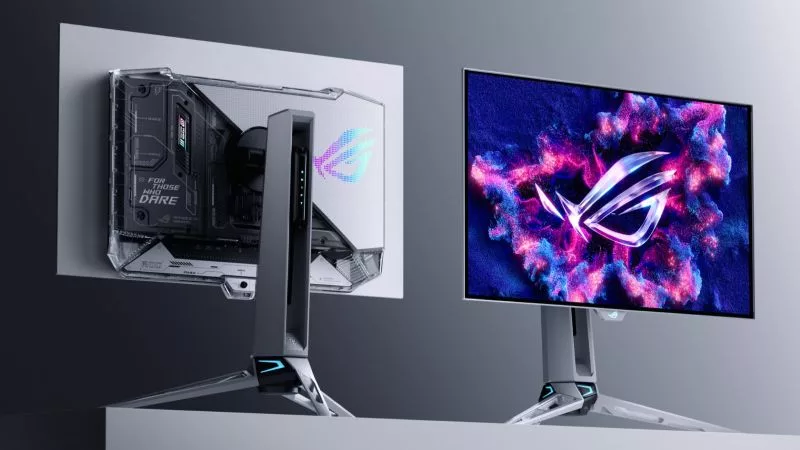
Prepare for Tandem OLED splendor with these new ROG gaming monitors

How to Cleanly Uninstall and Reinstall Armoury Crate
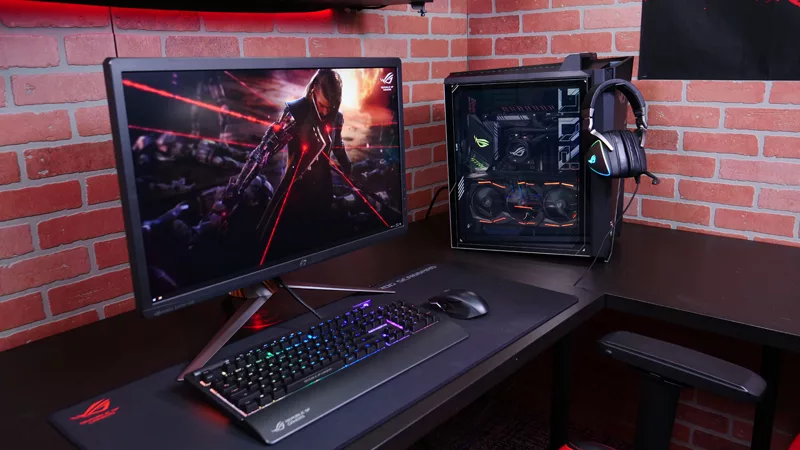
How to configure your PC's RGB lighting with Aura Sync

How to adjust your laptop's P-Cores and E-Cores for better performance and battery life
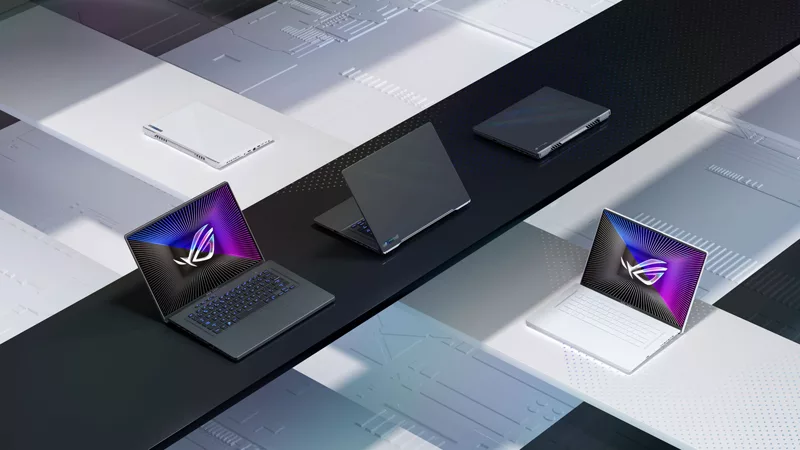
The complete list of 2023 GeForce GPU power specifications in ROG and TUF Gaming Laptops
LATEST ARTICLES

ROG Strix vs Extreme vs Apex vs Hero: What's the difference between ROG gaming motherboards?
When we launch a new generation of motherboards, we don’t just design one model and expect it to meet everyone’s needs. We give you a broad range of options from our ROG Maximus, Crosshair, and Strix lineups so that you can find the board for your next build.
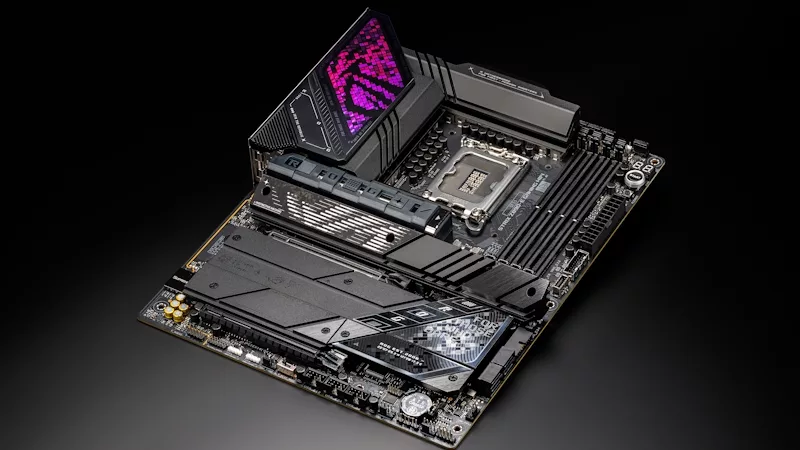
Install up to seven M.2 SSDs on one motherboard with new ROG M.2 PowerBoost tech
Here's how ROG M.2 PowerBoost allows you to install more M.2 drives in one system while enjoying more stable performance.
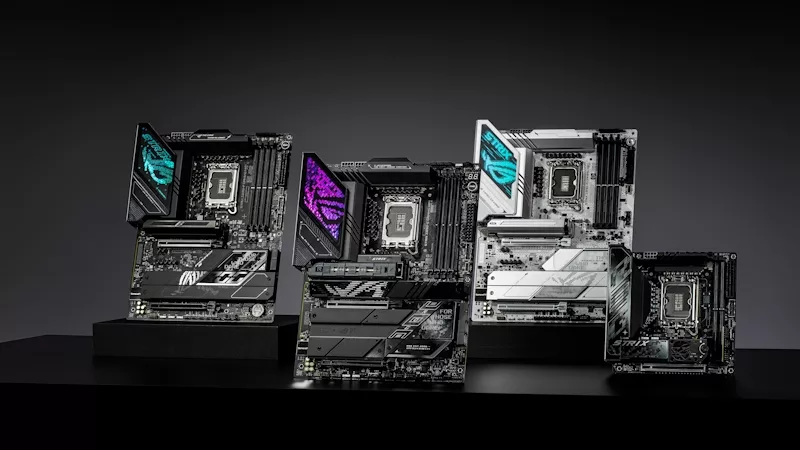
ROG Z890 motherboard guide: meet the new contenders for your next gaming rig
New ROG Maximus and ROG Strix Z890 motherboards stand ready for your Intel Core Ultra (Series 2) CPU.
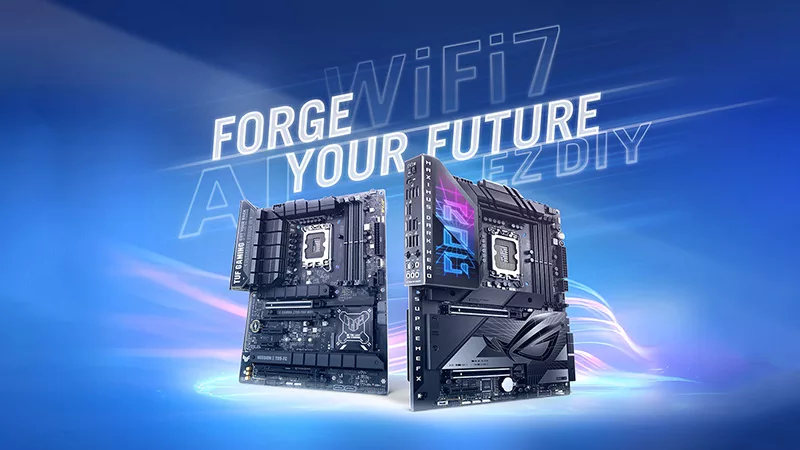
New Z790 motherboards from ROG pave the way for 14th Gen Intel Core CPUs
WiFi 7 support, more fast storage, front-panel device charging, intelligent controls — our latest Z790 motherboards have it all.

The best gaming laptops and PC builds for Starfield from ROG and AMD
Starfield is the most anticipated game of 2023, and with its incredible visuals and limitless possibilities, you’ll want the absolute best gaming gear to truly immerse yourself in this new world.
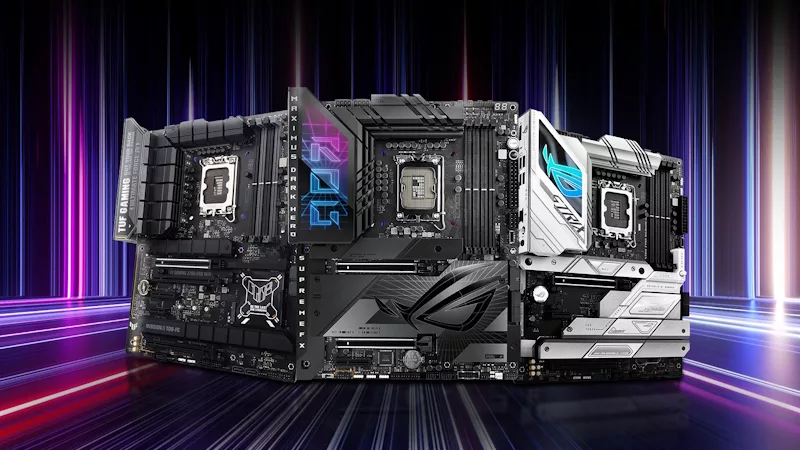
New Z790 motherboards from ROG pave the way for next-gen Intel Core CPUs
WiFi 7 support, more fast storage, front-panel device charging, intelligent controls — our latest Z790 motherboards have it all.